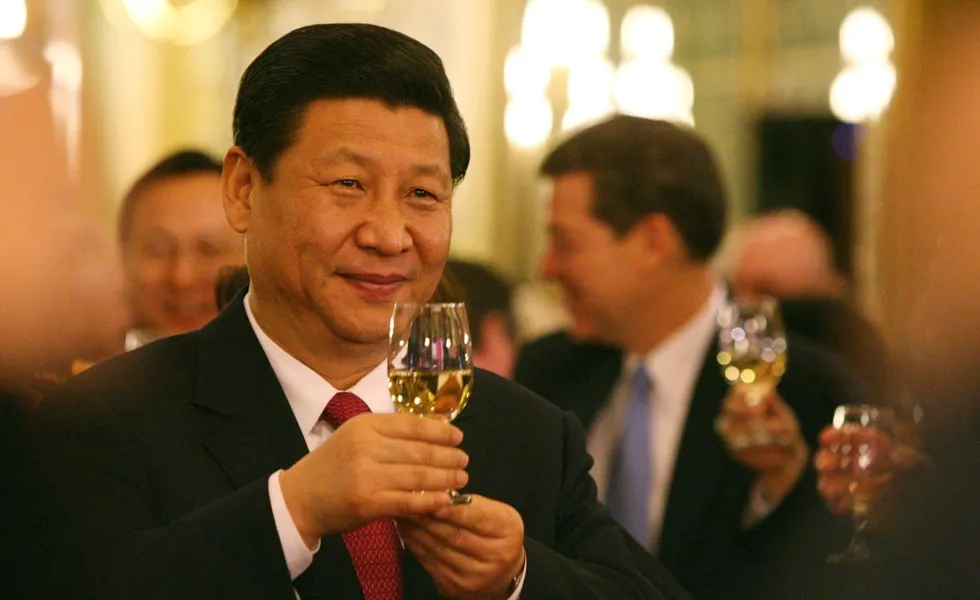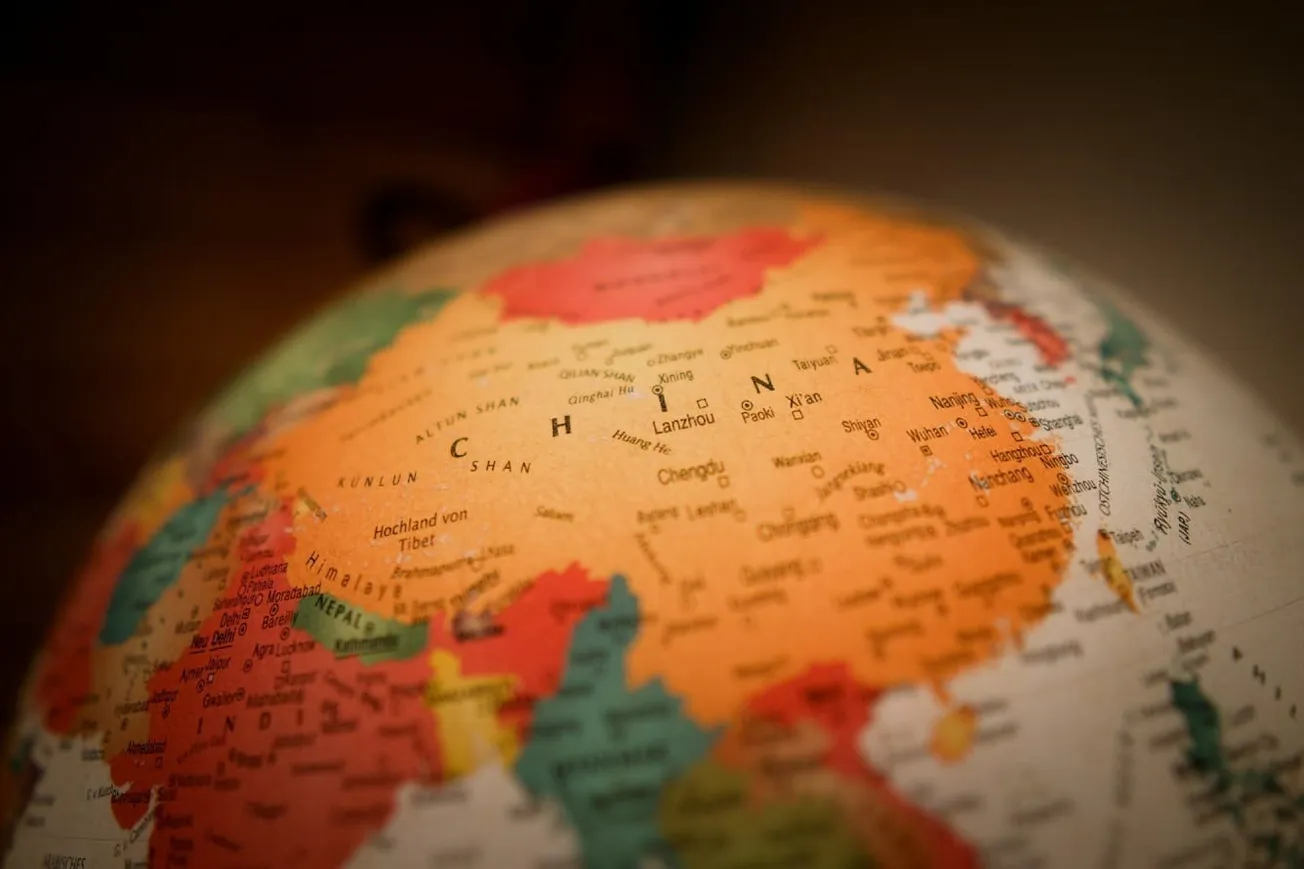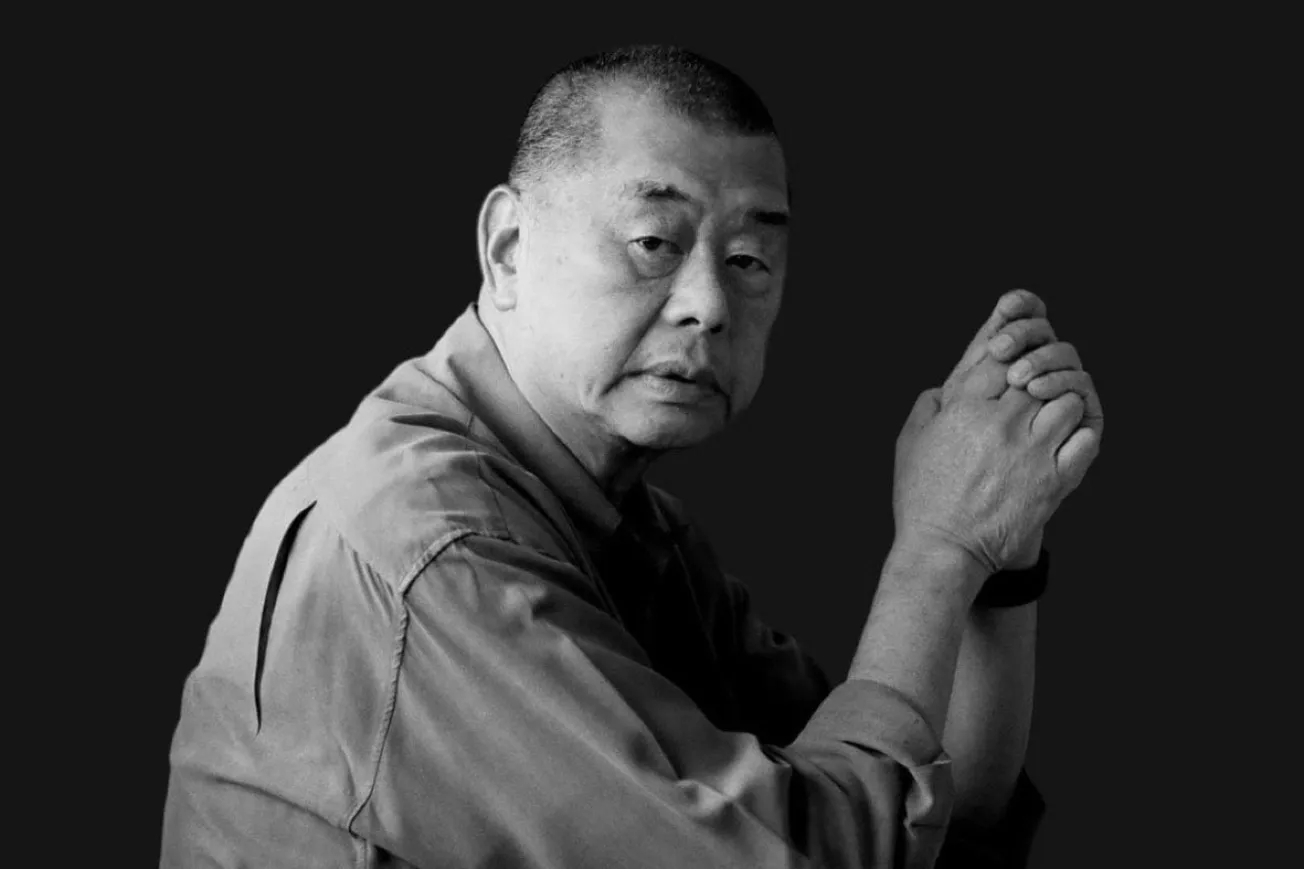Common Prosperity – that's the new (old) direction that President Xi Jinping is leading China. If it sounds like a Utopian China is around the corner, just as President Xi steps into his third term, it could be wishful thinking.
The idea aims to bridge the staggering wealth gap in the world's largest communist nation by redistributing wealth and ensuring a better standard of living for all Chinese. At the same time, Communist Party officials are at pains to reassure that the move will not entail "killing the rich to help the poor." The goal is not an egalitarian society, just a more equitable one, with a "reasonable range" of personal incomes and living standards.
Common prosperity is not the brainchild of the current Chinese leader. The idea was first put forth by the founding father of the People's Republic of China, Mao Zedong. In the pursuit of economic growth, the idea was shelved by his successors, allowing private enterprises to flourish and a few to amass incredible wealth, optimistic that the riches will trickle down to the less fortunate in the society.
In recent decades, the country has managed to lift millions out of poverty. But, about half of its citizens still live on an annual income of 12,000 yuan ($1,858) or less. The Gini coefficient, a measure of income inequality in a country, places China among the most unequal major global economies, behind most of Europe but ahead of the U.S.
At the same time, according to Credit Suisse Research Institute, China's top 1% own nearly 31% of the country's wealth, up 10 points from 2000. Some Chinese tech companies have grown bigger than the largest state-owned enterprises, and CEOs of such conglomerates find themselves among the world's richest billionaires. Wealth among the Chinese has climbed to such heights that they account for 50% of the luxury goods consumption globally!









